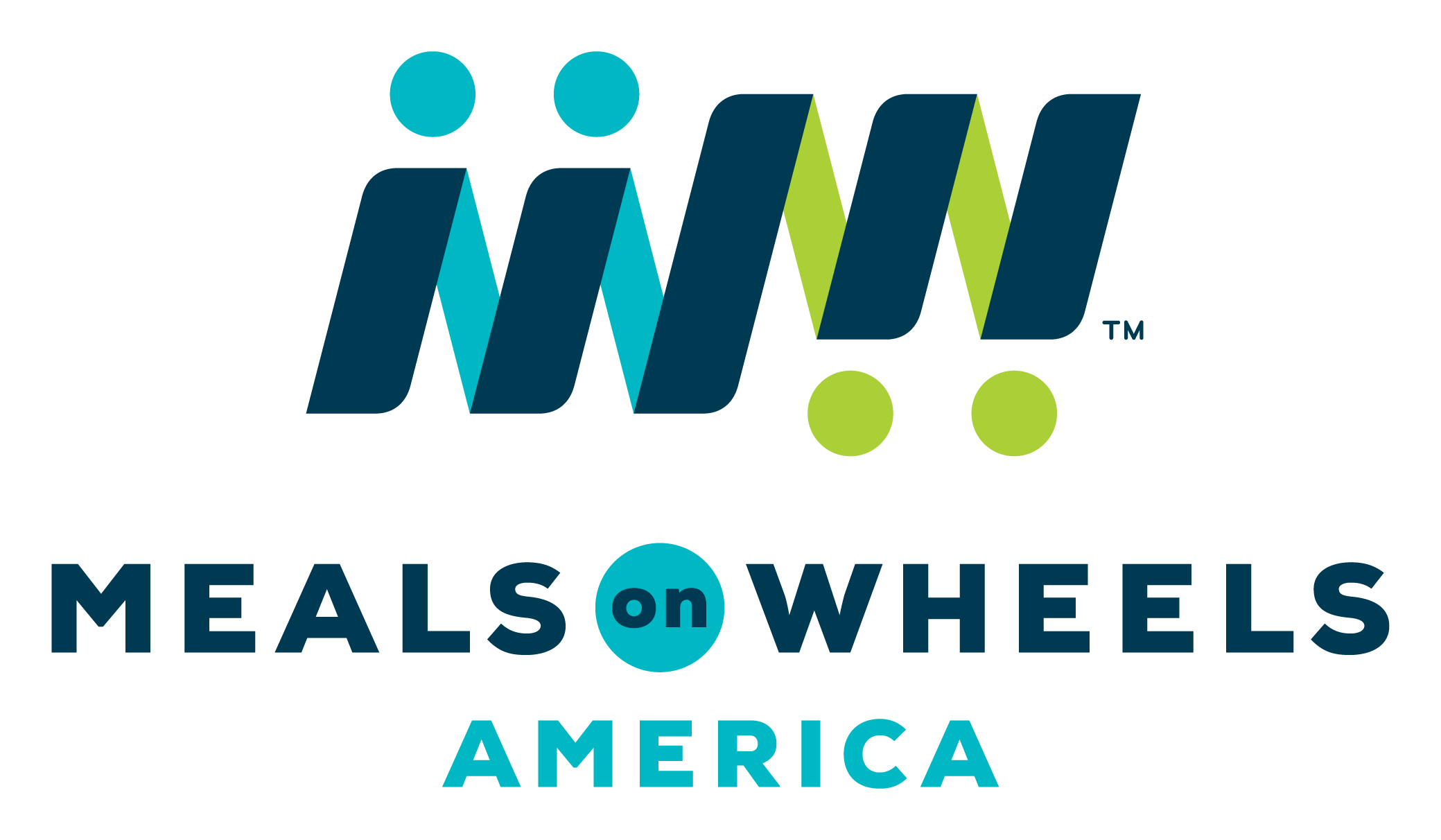
Tracing its roots back to the 1950s, the home delivery initiative for housebound citizens was rolled out nationwide in 1974. Since then many providers have started offering the service across the country – often referred to generically as “Meals on Wheels”, after one of the earliest and largest programs. Providing education and funding for local communities, these programs now feed over 2 million senior citizens per year.
These initiatives are at the forefront of the government fight against malnutrition among the elderly and infirmed. According to associate FCSI member Rochelle Monahan MBA RD, operations project manager at Rippe Associates, nutritional deficits are “often tied to chronic medical conditions, depressions, loneliness and lower income levels that impact the ability to purchase, prepare and consume nutritious meals.”
The statistics speak for themselves. 60% of participants say a single home-delivered meal provides one-half or more of their total food for the day. On top of its dietary advantages, Meals on Wheels and similar providers are often the only point of daily contact for many elderly people. This human touch has helped decrease the rate of falls in the home, saving American taxpayers $34 billion per year.
Wheels coming off?
Despite the upsides, the problem of cost has never gone away. As Monahan notes, “programs across the country are already struggling to meet demand, and the elderly population is only getting larger.”
Across the country, 23 million fewer meals are being served than in 2015. Particularly damaging has been the whittling down of the Older Americans Act Nutrition Program over the last decade, a vital source of funds for initiatives like Meals on Wheels. Eight out of ten home delivery programs rely on central grants, and local funding is failing to compensate. “Government budget cuts will have an effect on the Meals on Wheels program,” says Monahan, “though the degree of impact is unclear.”
One thing that is clear from president Trump’s 2018 budget is that the Older Americans Act is directly in the firing line. Additionally, the Department of Housing and Urban Development faces cuts worth over 10%. Half of this will come from the $3billion community development block grant – another source of funds for community programs like Meals on Wheels.
Fighting back?
Senior citizens’ foodservice faces a turning point. Consumer groups are starting to take action, with the Meals on Wheels orchestrated #SaveLunch campaign gaining traction on social media in recent months. These campaigns should be of interest to consultants too.
“As members of the foodservice industry, consultants understand the importance of food and nutrition on overall health and wellness,” says Monahan. “We should absolutely support campaigns that aim at helping those that are malnourished or struggling with food insecurity.”
In addition to grassroots campaigns, Jaclyn Morgan, FCSI associate member and founder of JM Foodservice Consulting, advocates direct pressure on legislators. Opposing cuts to Medicaid and Medicare as well as guiding their reform will be crucial. Morgan argues block reimbursements from Federal to State level are undesirable, as “dollars should be allocated as the population demands it and in the correct bucket.”
With provisions for senior citizens’ facing the chop, Morgan also appeals for more public awareness around their importance. “Long-term care facilities are always under budget pressures and under the watchful eye of Federal regulations,” she says. “Foodservice consultants involved in senior living, long-term care, or life-plan community projects should stay close to organizations such as Leading Age and the American Seniors Housing Association (ASHA).”
Yet this turning point could bring opportunities as well as challenges. As policymakers withdraw funding from states, foodservice firms can fill in the gap. Monahan points out that businesses are already recognizing the benefits of working closely with their local communities, offering nutrition classes and healthy meals in jails and schools as well as participating in existing home delivery programs. “Given the extent of these ‘extracurricular’ activities, it wouldn’t be a far reach for more facilities to offer home meal delivery.”
An evolving landscape
America’s current political administration is creating a new climate. What does the future hold?
“Providers, insurance companies and government programs are shifting their focus from interventional medicines to preventative care,” says Monahan. “The goal of this approach for older Americans is to keep them healthy and independent for as long as possible.” In this context, Meals on Wheels will have to adapt quickly but could ultimately be more important than ever.
Morgan agrees that a “culture shift” is underway, with hospitality-style initiatives taking over from a purely medical focus in care for the elderly. However, “actually managing that change in the face of budget cuts is the biggest hurdle. New kitchen equipment, renovated dining rooms, and menu changes take an investment. If funding isn’t available, the changes may not be implemented soon enough.” As demand outpaces supply, this may mean waiting lists for community programs, already creeping upwards, will grow even longer.
Whatever happens, the new threat to a long-established program has brought it into the public consciousness. This alone could be enough to save it. “One of the benefits of today’s society is that people are more aware of these issues, and contributing to Meals on Wheels (and programs like it) is easier than ever,” says Monahan. “On a corporate level, companies are eager to contribute to the greater good of America, which will help the program continue.”
Foodservice for senior citizens is set to transform in the next 12 months. This may mean its financial foundations undergo a major shift or, more radically, firms within the sector have to pick up the slack from Federal cuts. Either way, consultants have a vital role to play in preparing their clients for change.
Thomas Lawrence
